Local lifestyle meets real estate with data, community, and unexpected charm, especially when exploring the vibrant Neighborhood Farmers’ Markets.
Picture this: it’s Saturday morning, and the neighborhood farmers’ market is alive with chatter. Crowds meander between stalls, vendors swapping stories, kids tug at parents for juicy strawberries, yet this isn’t just a scene of artisanal honey and heirloom tomatoes. In 2025, these bustling markets are potent real estate influencers, and perhaps the unsung MVPs of community revitalization.
The Numbers Don’t Lie (But They’re Nuanced)
Let’s get real: proximity to a farmers’ market does affect property values. Spatial hedonic pricing models suggest there’s a sweet spot, around 4.6 to 4.9 kilometers, where homes find maximal value uplift. Interestingly, that effect tapers off beyond this zone. At a mean distance, households were found willing to pay around C$2,725 more per additional kilometer closer to a market.
But this story has two sides. A study from Canada noted negative externalities like congestion or parking strain can offset those gains, potentially reducing housing values by a notable amount. So, yes, markets can boost appeal, but the balance matters.
Neighborhood Farmers’ Markets, Community Gigs = Real Estate Wins
Beyond dry numbers, the real value of these markets is social. Farmers’ markets act as economic engines boosting vendor income, incubating local businesses, and even generating new jobs in the region. By becoming hotspots of interaction, they nurture a sense of belonging and that walkable vibrancy pushes neighborhoods up in desirability.
Urban planners often point to walkability and neighborhood vitality as key predictors in real estate pricing: in architectural modeling, these traits can drive over 20% of a property’s value .
Green Spaces, Gentrification and the Fine Line
Here’s the less cheery side: enhancing areas with green infrastructure like community gardens tied to farmers’ markets can raise property values enough to displace long-time residents. This process, known as environmental gentrification, is a growing concern in many Bay Area neighborhoods and beyond. Sustainability needs to be inclusive, or we risk turning community hubs into exclusivity traps.
Neighborhood Farmers’ Markets. Lessons from the Field
- Balance is everything: A farmers’ market should draw participants without crushing parking or peace.
- Infrastructure matters: Sidewalks, bike lanes, and green spaces power pedestrian flow and with that, real estate appeal grows.
- Community-first design: Inclusion initiatives help ensure residents benefit not just new buyers.
Why Rooster Listing Should Care
For real estate professionals and lifestyle content creators alike, neighborhood farmers’ markets are fertile territory. They articulate a subtle narrative that connects daily rhythms with real estate dynamics. Covering these markets for Rooster Listing means tapping into stories of local flavor, property trends, and authentic place-making.
In the Hands of Buyers and Sellers
Buyers, here’s a cheat sheet:
- Want ambiance, fresh goods, and walkable charm? Yes, proximity to a farmers’ market helps but not too close.
- Expect foot traffic and occasional parking squeeze factor that into your home wish list.
Sellers, note this:
- Highlight proximity to weekly markets as a lifestyle amenity just be honest about its quirks.
- Advocate for community-centric development not flashy or gentrified, but inclusive and locally rooted.
Neighborhood Farmers’ Markets, Are Shaping Property Values in 2025. In conclusion.
In 2025, neighborhood farmers’ markets have become more than weekend diversions they’re micro-villages where commerce, connection, and real estate converge. They spice up our Saturday routines and, quietly, our property values. But only if designed with care, equity, and a sense of place.
Rooster Listing, take note: your content can illuminate this nuanced interplay spotlighting the markets that feed both our bodies and our communities.

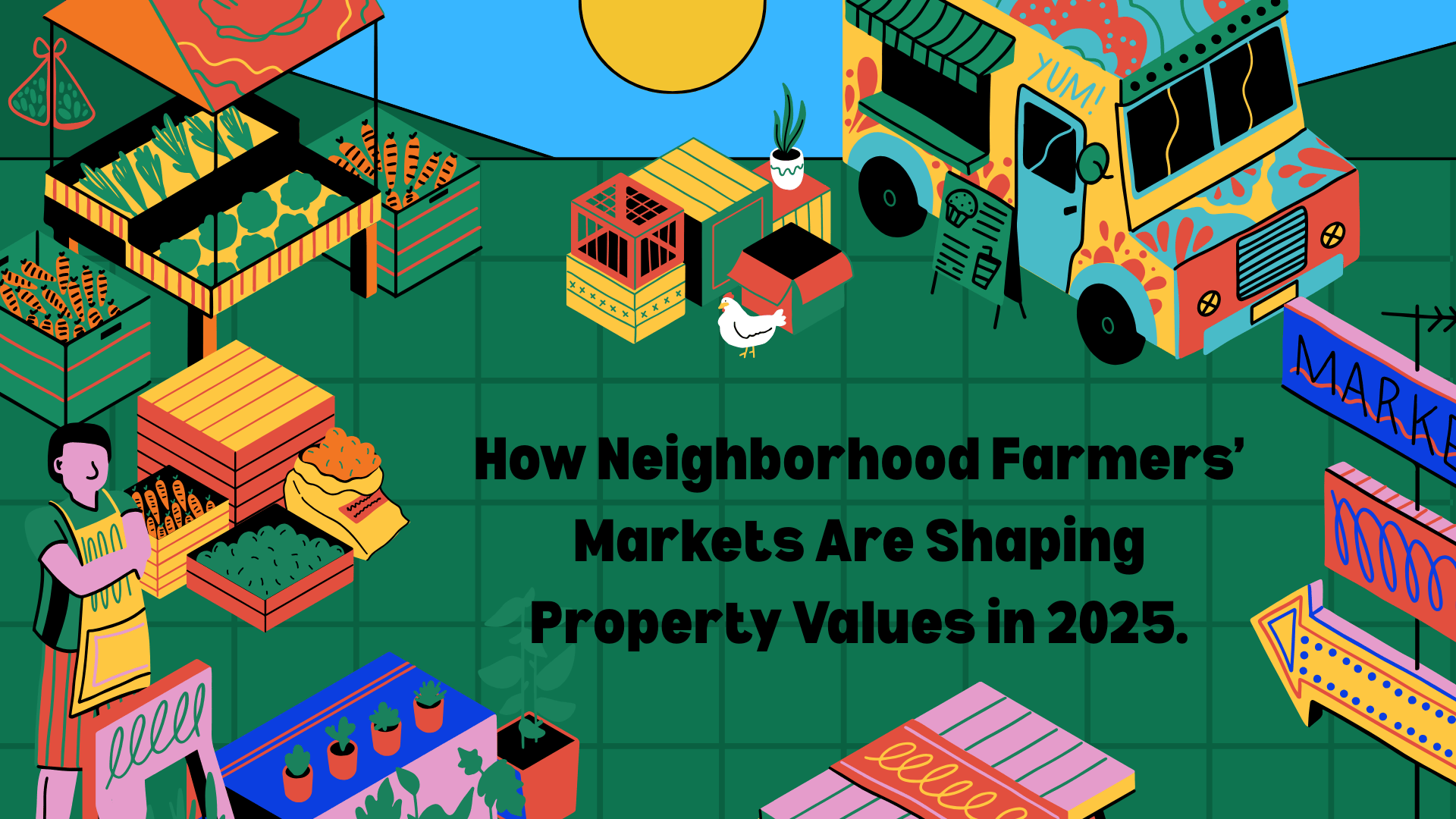
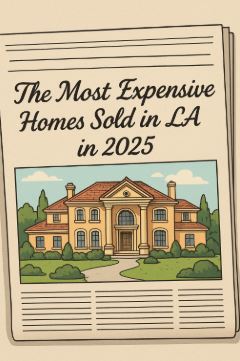
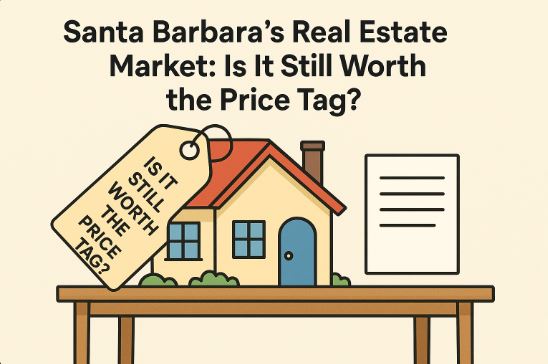
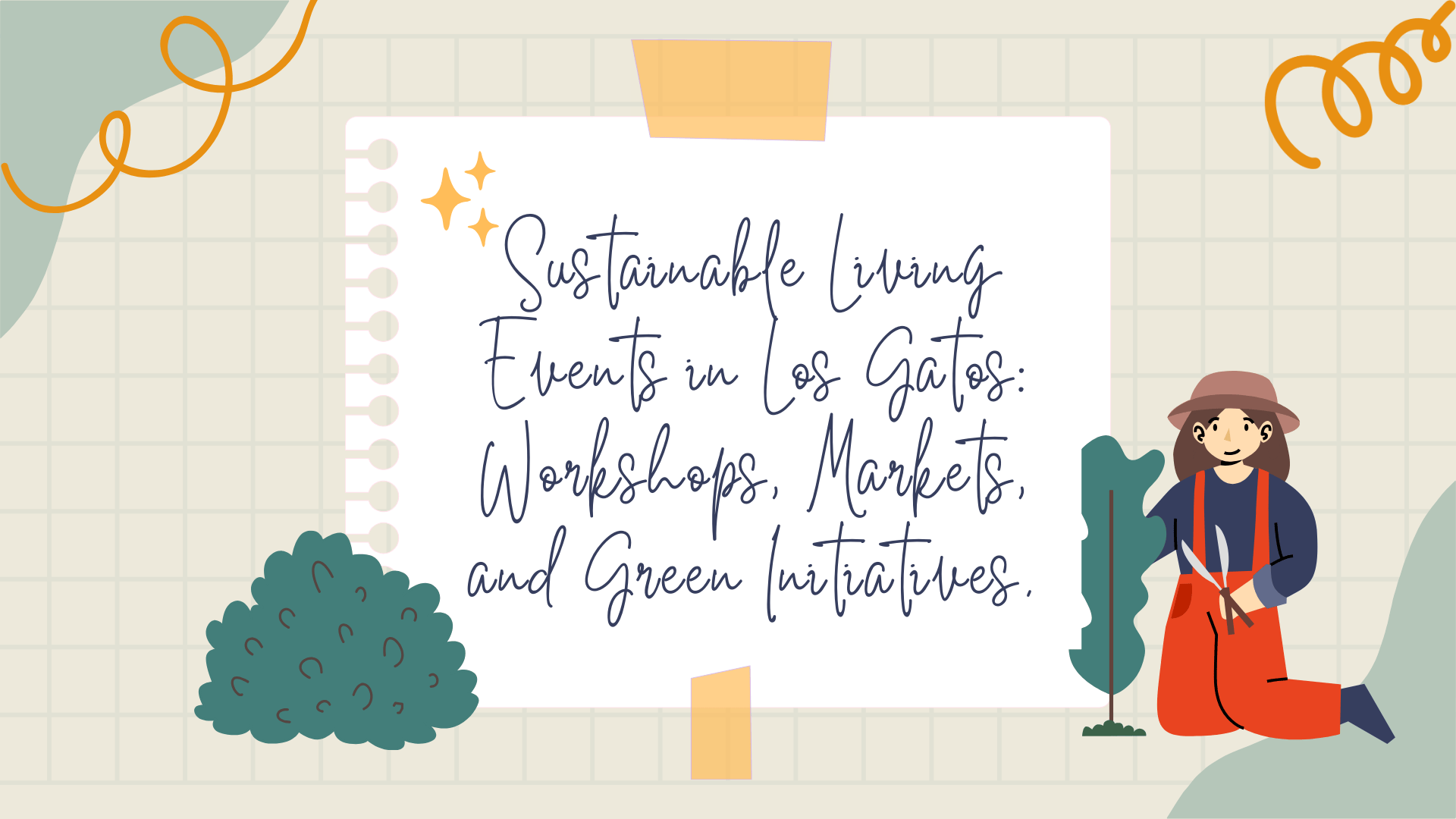
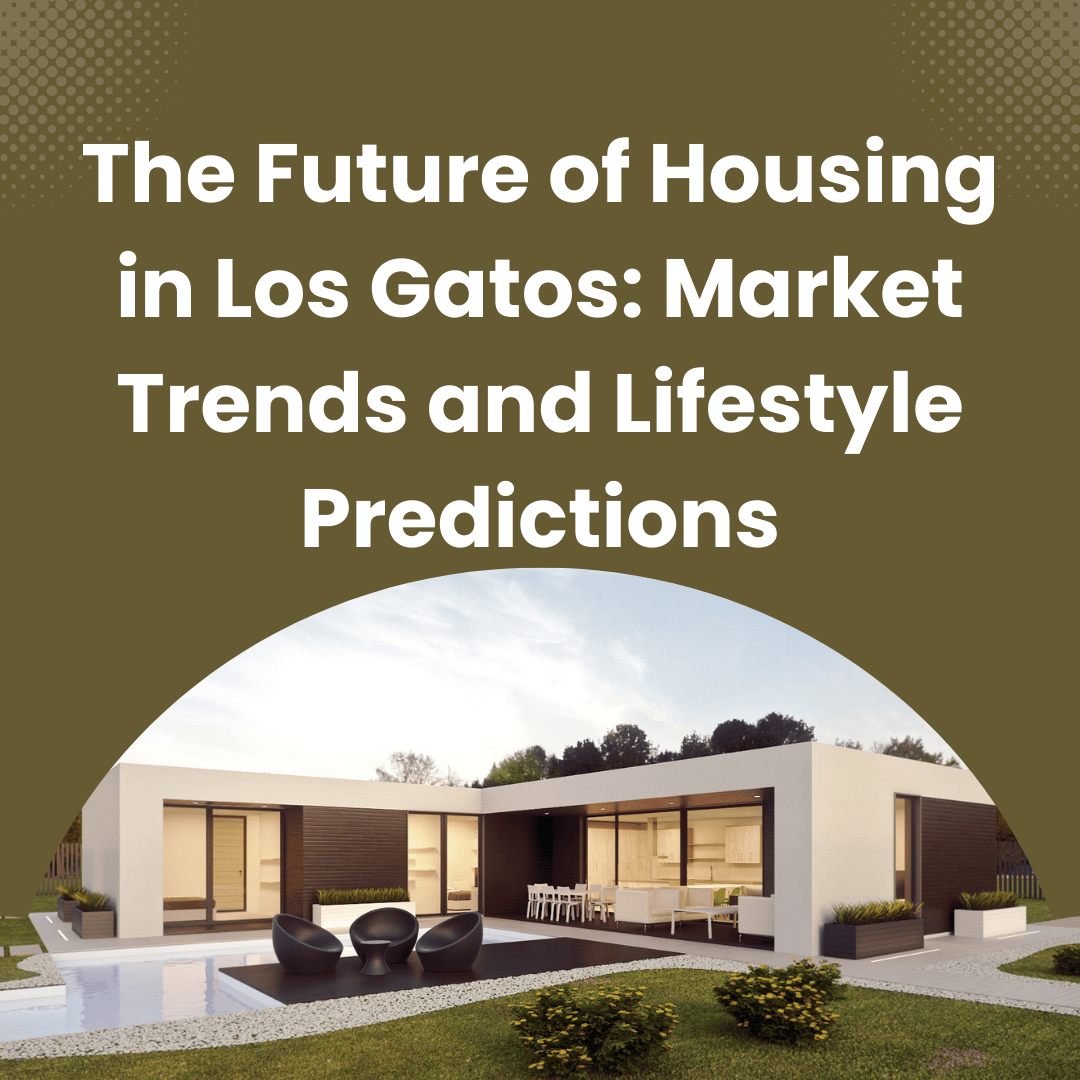


Leave a Reply